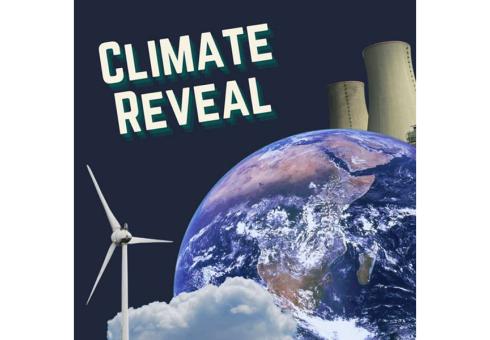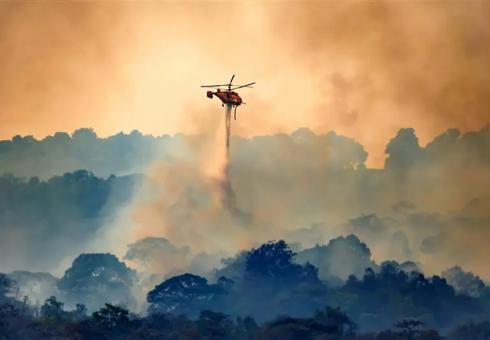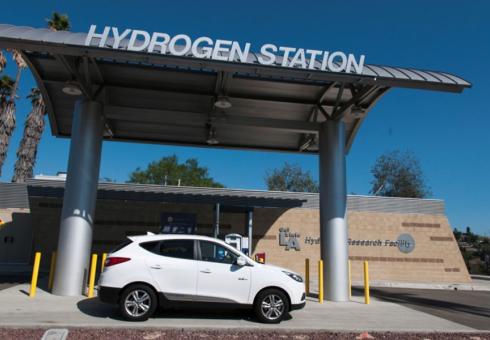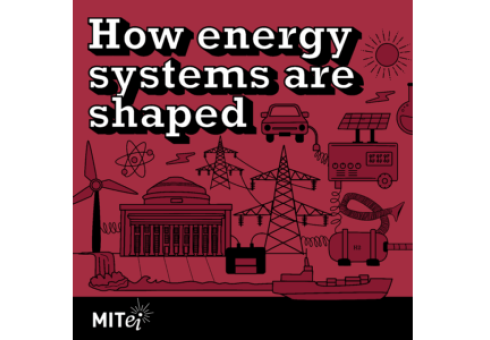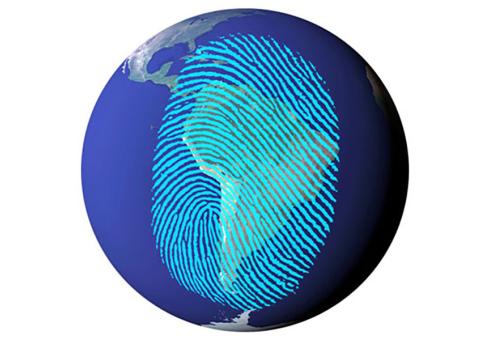CS3 In the News
A conversation about the impact of climate change on human health with MIT CS3 Director/Professor of Atmospheric Chemistry Noelle Selin and Boston College Professor of Biology/Director of the Global Observatory on Planetary Health Philip Landrigan, a pediatrician/public health physician. Each episode of Climate Reveal takes a deep dive into a specific aspect of the climate crisis and ongoing work toward solutions. (Boston College Creative Communication Lab)
A conversation with Frances Moore Lappé, co-founder of the Small Planet Institute and author of Diet for a Small Planet, and MIT CS3 Principal Research Scientist Angelo Gurgel about how what we eat impacts the climate at multiple levels. Each episode of Climate Reveal takes a deep dive into a specific aspect of the climate crisis and ongoing work toward solutions. (Boston College Creative Communication Lab)
MIT CS3 Deputy Director Sergey Paltsev shares his expertise in a conversation about the energy needs of the world and the best big-picture approach to meet those needs moving forward. Each episode of Climate Reveal takes a deep dive into a specific aspect of the climate crisis and ongoing work toward solutions. (Boston College Creative Communication Lab)
WBZ Chief Meteorologist Eric Fisher and MIT CS3 Deputy Director C. Adam Schlosser discuss how we know the climate is changing, why it's so difficult to talk about in this current moment, and how to stay positive and optimistic when dealing with such a big problem. Each episode of Climate Reveal takes a deep dive into a specific aspect of the climate crisis and ongoing work toward solutions. (Boston College Creative Communication Lab)
The cost of climate policy action may already be less than household costs of climate change, which will likely increase in years to come, finds study co-authored by MIT Professor/CS3-affiliate Catherine Wolfram (Brookings) (Coverage: Heatmap)
Researchers like MIT EAPS Professor/CS3 faculty affiliate David McGee use chemical analyses, computer models, and other tools to date these valuable climate archives (MIT Climate Portal)
MIT Professor/CS3 faculty affiliate Catherine Wolfram observes that the Brazilian proposal represents a practical advance in the creation of a global carbon pricing structure (Times Brazil) (Related: MIT Sloan School of Management)
Ultimately, proper regulation of corporate climate commitments—including of durable CDR—will fall on governments, says MIT CS3's John Reilly (Grist)
To gain traction with consumers, hydrogen cars have a long way to go in reducing vehicle and fuel costs, says MIT CS3 Deputy Director Sergey Paltsev (Motor Trend)
Data from neighborhood-level air-quality sensors are needed to enable affected populations to limit air pollution exposure, says MIT CS3 Director Noelle Selin (Fast Company)
MIT Professor Jessika Trancik, a CS3 faculty affiliate, takes a big picture view of how energy systems are shaped and where there is opportunity to innovate (MIT Energy Initiative)
Climate change left its signature on the atmosphere early in the industrial revolution, reveals a thought experiment investigation by MIT Professor/CS3 faculty affiliate Susan Solomon and co-authors (Scientific American)

